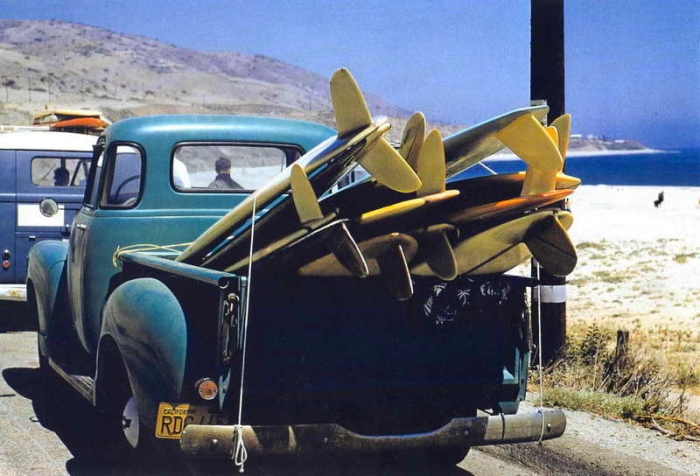From the desk of Contributing Editor, Eli M. Getson–
LeRoy Grannis, considered by many to be the premier photographer of California’s thriving surf culture in the 60’s and 70’s, started out not as a professional or trained artist– but as a hobbyist. He didn’t even begin his epic career until the ripe age of 42 yrs old. That was back in 1959– prime time to document America entering the golden age of surf mania, and capture it with a keen eye and insight that only a true surfer could possess. They say sometimes you fall into a golden situation and make the most of it– I would say Grannis did that, and then some.
LeRoy “Granny” Grannis was born in Hermosa Beach in 1917, and raised a few blocks from the ocean. He began surfing at the age of fourteen, and was one of the first generation of mainlanders to pick up the ancient Hawaiian sport. He started out on body boards, then graduated to riding the massive eleven-foot redwood boards that weighed up to one hundred pounds. It was with his friends, Lewis “Hoppy” Swarts and John “Doc” Ball, that he became one of surfing’s first true devotees. Even the Great Depression did not slow the cash-strapped surfing trio down– they built their own boards, sewed their own trunks, and pooled their limited funds for trips to catch the bigger waves at Malibu or San Onofre. It was Ball, himself a self-trained photographer, who would later introduce Grannis to the art.
With the onset of WWII, many of the young men in California enlisted (including Grannis), and surfing went quiet for awhile. After the war, Grannis returned to Hermosa Beach, took a job with Pacific Bell, and settled down. He surfed on-and-off, but otherwise became absorbed in the demands of a full time job, wife, and four children. In 1959 he was diagnosed with a stress related ulcer and his doctor recommended he take up something relaxing– that’s where fate stepped in. Surf photography was a natural– he lived a few blocks from the beach, knew the sport, and his son had begun to surf. At the time there were more than a few young surfers in Hermosa who wanted to see themselves in action– so with an East German 35mm camera he began chronicling the flourishing surf scene in Southern California. What he recorded is the surf scene exploding in a riot of Technicolor. California in the 1960s was the place where the “new” was always happening– it held a mythical place in our imaginations as the land of endless sun, surf, and possibilities. LeRoy Grannis will go down as one of the men who helped create this mythos, and left us with some of the greatest photos I have personally ever seen.
Eli M. Getson
__________________________________________________________________
–

–Photograph by © LeRoy Grannis. All rights reserved.
–
–

–Photograph by © LeRoy Grannis. All rights reserved.
–
Continue reading →




















